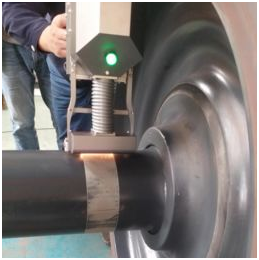
In order to ensure the quality of welding during welding, it is necessary to improve process stability and surface adhesion. The quality of the surface of the metal material to be joined must be guaranteed before applying soldering and other joining techniques.
Joints and joints are prone to degradation, increased wear and even catastrophic failure without the necessary cleaning of the surface of the metal material. Laser cleaning can be used for the surface bonding treatment of the metal material to be joined, thereby obtaining excellent adhesive strength, improving corrosion resistance and durability.
Laser cleaning is suitable for bonding preparation because it removes oxides and other contaminants such as greases and oxides that reduce bond strength. Laser cleaning is especially useful for applications involving curved surfaces or for cleaning parts with highly complex 3D geometries.
One of the main benefits of laser cleaning is the ability to fine tune its power and wavelength to accurately correct metals used in microstructures such as magnesium and aluminum. It also imparts high corrosion resistance to the material, ensuring a stable, long-lasting bond.
In recent years, bonding methods have been increasingly used in structural design applications rather than traditional joining techniques such as riveting and welding. This is because the bonding method has many advantages compared with the conventional technology: uniform stress distribution, reduced corrosion, structural mitigation, vibration attenuation, and sound insulation. However, these benefits can only be achieved if the surface to be bonded is carefully cleaned.
Laser cleaning is ideal for this type of application because it effectively removes oil, rust, protective coatings and other contaminants from the substrate material during transport without additional damage.